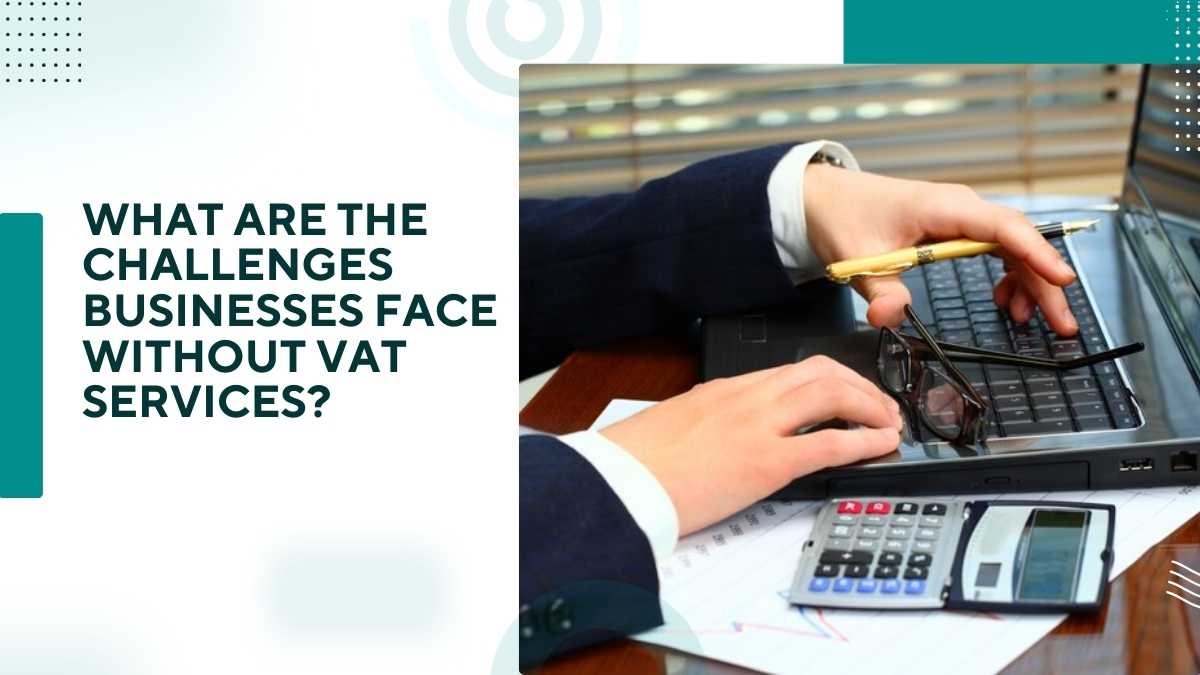
Understanding the tax landscape is crucial for businesses of all sizes. One important aspect of this understanding is conducting corporate tax impact assessments. These assessments help businesses identify how tax changes or decisions will affect their financial situation. But how often should these assessments be done? In this article, we will explore the importance of corporate tax impact assessments, factors that influence their frequency, and the best practices for conducting them.
What is a Corporate Tax Impact Assessment?
Understanding the Basics
A corporate tax impact assessment is an evaluation that analyzes how changes in tax laws, regulations, or a company’s structure can affect its tax obligations. This assessment helps businesses understand their current tax situation and predict future tax liabilities based on various scenarios.
Importance of the Assessment
Conducting these assessments is essential because tax laws can change frequently. For example, governments may introduce new tax incentives, raise tax rates, or change the way certain deductions are handled. A corporate tax impact assessment helps businesses stay informed about these changes and make informed decisions.
Note: Are you looking for comprehensive VAT services in Dubai? Our team of experts is here to help you understand and manage your VAT obligations effectively. From registration to filing, we provide end-to-end support to ensure compliance and optimize your tax strategy. Reach out to The Syndicate Advisors And Consultants LLC now to enhance your VAT management and drive your business forward.
Why Conduct Corporate Tax Impact Assessments?
Financial Planning
One of the primary reasons for conducting a corporate tax impact assessment is financial planning. By understanding potential tax liabilities, businesses can better prepare their budgets and allocate resources effectively. This ensures that they are not caught off guard by unexpected tax bills.
Strategic Decision-Making
These assessments are also vital for strategic decision-making. Businesses may need to decide whether to invest in new projects, expand operations, or restructure their organization. Knowing the tax implications of these decisions helps companies make choices that align with their financial goals.
Compliance
Tax laws can be complex, and failing to comply can lead to significant penalties. Regular assessments help ensure that businesses remain compliant with all tax regulations. By staying updated on their tax obligations, companies can avoid costly mistakes and reduce the risk of audits.
How Often Should Businesses Conduct Corporate Tax Impact Assessments?
Factors Influencing Frequency
The frequency of corporate tax impact assessments can vary based on several factors. Here are some key considerations:
1. Changes in Tax Laws
Tax laws are not static; they can change frequently. When significant tax reforms are announced, businesses should conduct an assessment to understand how these changes will impact them.
2. Company Growth
As businesses grow, their tax situations can become more complex. For instance, if a company expands into new markets or introduces new products, it may need to reassess its tax position. Regular assessments can help ensure that the company is optimizing its tax strategy as it evolves.
3. Mergers and Acquisitions
If a business is involved in a merger or acquisition, a corporate tax impact assessment is essential. This evaluation helps identify potential tax liabilities associated with the transaction and allows businesses to plan accordingly.
4. Financial Performance
Changes in a company’s financial performance can also prompt an assessment. If a company experiences significant profit fluctuations, it may need to reevaluate its tax strategy to ensure it is taking advantage of all available deductions and credits.
Recommended Frequency
While there is no one-size-fits-all answer to how often businesses should conduct corporate tax impact assessments, a general guideline is as follows:
Annually
For most businesses, conducting a corporate tax impact assessment at least once a year is advisable. This annual assessment should coincide with the company’s financial planning cycle. It allows businesses to evaluate their tax position and make necessary adjustments based on the previous year’s performance and any changes in tax laws.
Bi-Annual or Quarterly Assessments
In some cases, especially for larger corporations or those in rapidly changing industries, more frequent assessments may be warranted. For example:
- Bi-Annual Assessments: Companies that operate in multiple jurisdictions with varying tax laws may benefit from bi-annual assessments to stay compliant and optimize their tax strategies.
- Quarterly Assessments: Businesses facing significant changes, such as startups or those planning major investments, might consider quarterly assessments. This ensures they are making informed decisions based on the latest tax information.

How to Conduct a Corporate Tax Impact Assessment
Conducting a corporate tax impact assessment involves several steps. Here’s a simple guide on how to carry out this process effectively.
Step 1: Gather Relevant Information
The first step is to gather all relevant financial information. This includes:
- Current financial statements
- Previous tax returns
- Details of any recent or upcoming changes in operations or strategy
Step 2: Identify Tax Changes
Next, identify any changes in tax laws or regulations that may affect the business. This could include:
- New tax rates
- Changes in allowable deductions
- Introduction of tax credits or incentives
Step 3: Analyze the Impact
After gathering the necessary information, analyze how the identified tax changes will impact the business. This can be done by:
- Projecting future tax liabilities based on current financial data
- Comparing past tax obligations to potential future obligations
Step 4: Develop Strategies
Once the potential impacts are understood, develop strategies to optimize the tax position. This may include:
- Identifying opportunities for deductions or credits
- Planning for changes in operations that could mitigate tax liabilities
Step 5: Document Findings
Document the findings of the assessment clearly. This report should include:
- A summary of the tax changes assessed
- The projected impact on the business
- Recommended strategies to manage tax obligations
Step 6: Review and Update
Finally, set a schedule to review and update the assessment regularly. This ensures that the business remains informed about its tax position and can adapt as needed.
Best Practices for Corporate Tax Impact Assessments
Involve Tax Professionals
Involving tax professionals in the assessment process is crucial. They have the expertise to navigate complex tax laws and can provide valuable insights into potential impacts. Hiring a tax advisor or consultant can enhance the effectiveness of the assessment.
Stay Informed About Tax Changes
Regularly monitoring changes in tax legislation is essential for effective assessments. Subscribe to industry newsletters, join professional associations, and attend seminars to stay informed about the latest developments in tax law.
Use Technology
Utilizing tax software can streamline the assessment process. Many software solutions are available that can help businesses analyze their tax positions and simulate different scenarios based on changing tax laws. This can save time and improve accuracy in the assessment process.
Foster a Culture of Compliance
Encouraging a culture of compliance within the organization can enhance the effectiveness of tax assessments. Train employees on the importance of tax compliance and the role they play in maintaining it. This helps create a proactive approach to tax management.
Regular Training and Updates
Ensure that key staff members receive regular training on tax regulations and compliance. This keeps everyone informed and capable of contributing to the tax assessment process.
Common Mistakes to Avoid
Neglecting Changes in Tax Laws
One common mistake businesses make is failing to keep up with changes in tax laws. Neglecting to assess the impact of new regulations can lead to unexpected tax liabilities and compliance issues.
Infrequent Assessments
Conducting assessments too infrequently can leave businesses vulnerable. Regular assessments are essential to staying ahead of potential tax issues.
Relying Solely on Historical Data
While historical data is important, it should not be the only basis for assessments. Future tax changes and business strategies must also be considered.
Failing to Document Findings
Not documenting the findings of the assessment can lead to confusion and missed opportunities. Proper documentation ensures that all stakeholders are informed and can act on the assessment results.
Underestimating the Complexity of Tax Regulations
Many businesses underestimate the complexity of tax regulations. It’s essential to approach assessments with the understanding that tax laws can be intricate and require careful analysis.
Conclusion
Conducting corporate tax impact assessments is a vital part of managing a business’s financial health. By understanding how tax changes affect your company, you can make informed decisions that support your long-term goals. While the frequency of these assessments can vary based on several factors, conducting them at least annually is a good practice for most businesses.
As tax laws continue to evolve, staying informed and proactive about your tax position will help ensure compliance and optimize financial outcomes. By following the steps outlined in this article and avoiding common mistakes, businesses can effectively navigate the complexities of corporate taxation. Remember, involving tax professionals and utilizing technology can significantly enhance the assessment process, leading to better decision-making and financial success.
For More Insightful Articles Related To This Topic, Feel Free To Visit: ezine-articles.







